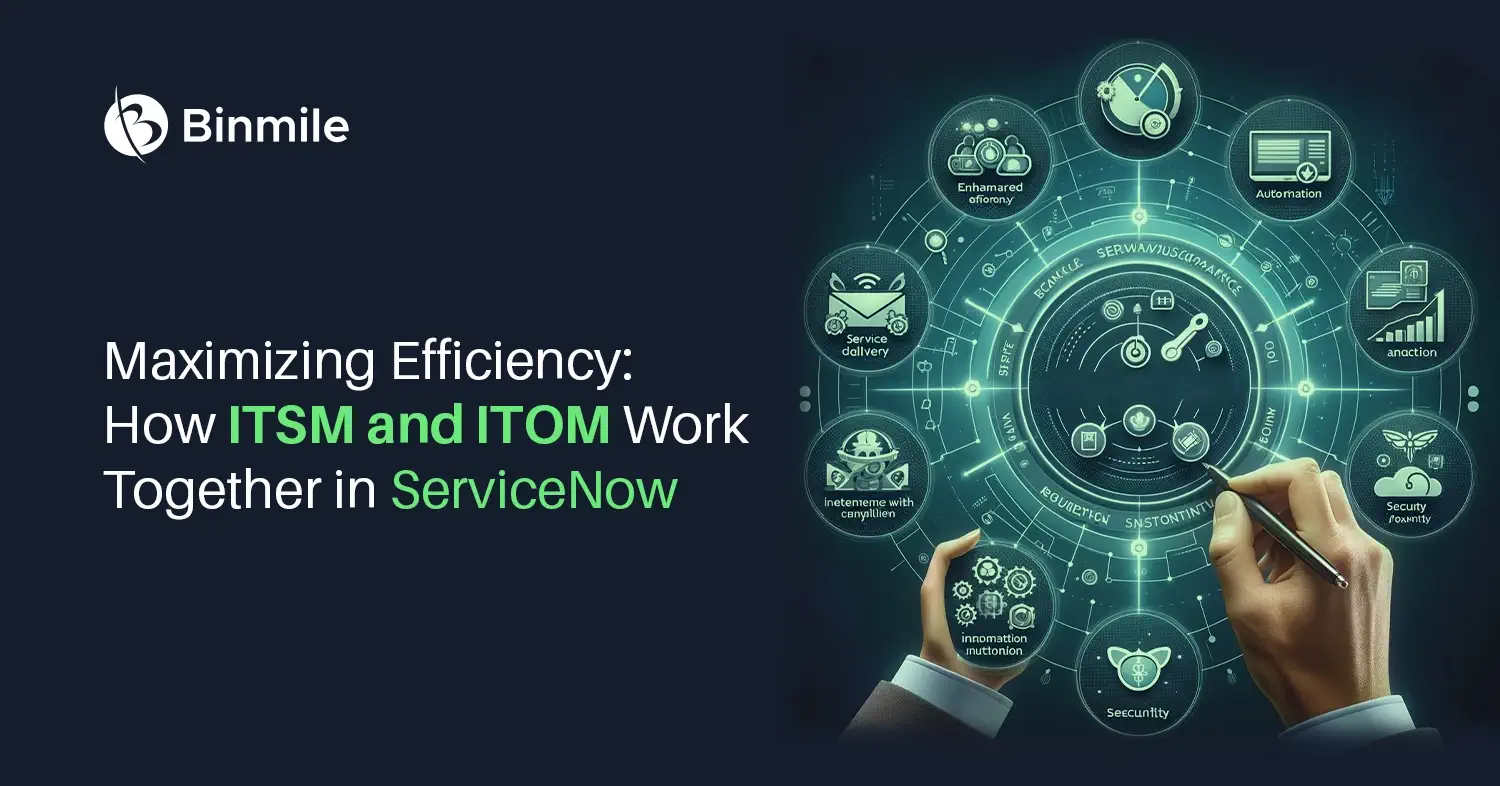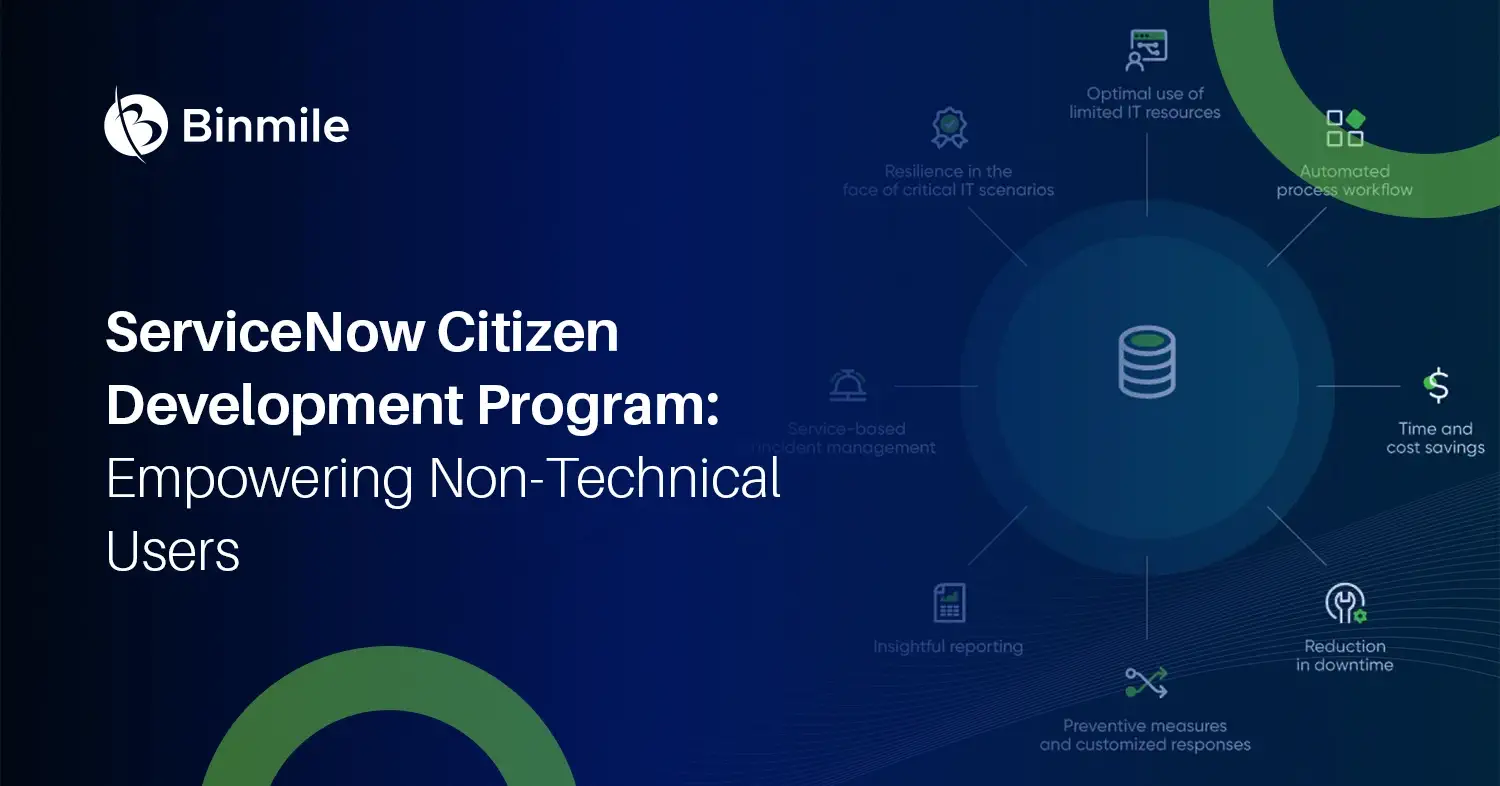As a business owner or entrepreneur, you need to ensure that your company stays relevant and flexible in this rapidly changing marketplace. You cannot afford mistakes and take things for granted when it comes to your company’s success. Mobile application development can be a great approach when expanding your customer base while reaching the fastest-growing demographic of digital consumers. App development processes have evolved from simple to complex, sophisticated, and systematic strategies. At each stage of the app development process, different frameworks, project management structures, and project cost management are involved in developing an app. Let’s move ahead and peep into seven unique stages of application development in 2024, especially from the perspective of the business point.
Essential Stages of Mobile App Development Process
We are living in a mobile-dominated world. It’s not surprising that mobile applications are the most sought-after commodity for businesses worldwide. Mobile apps have made our lives easier, faster, and more productive. Every year, tens of thousands of new apps are published in the Google Play Store and Apple App Store. Since there is nothing like a free lunch, it is impossible to get your app noticed among this noise unless you invest some serious money in marketing.
The modern mobile app development process consists of seven crucial stages: Choosing a partner, Product Discovery, UX/UI app design, Project kick-off & setup, App development with quality assurance, App publishing, and the Post-development phase.
1. Choosing a Partner (The Right Resource to Design and Develop Your App)
Selecting a partner to work with on your mobile app development project can be difficult. You must find a company that can work well with you and the product you want. While many options are available, it’s important to do your research and choose carefully.
Business experts suggest beginning by analyzing your requirements and what features your app should have. Then, search for companies that seem like a good fit for you. You should look into reviews from previous customers and company portfolios and ask about their reputations. Once you have filtered your preferences to a few top app development companies, make sure to sign an Independent Contractor Agreement before working with them so that everyone is on the same page about expectations.
The key to making a good app is having a great partner—and we’re here to help!
2. Product Discovery (Clarify Your App’s Vision)
Defining product vision is one of the first steps in an enterprise’s mobile app development process. This step helps you understand your users, build a strong foundation for your MVP, and ultimately succeed in the market.
To start with, let’s define an idea that you want to bring into this world. Don’t think about features yet—make a list of things you want your users to achieve when they use your app. There are a few valuable tools that help you clarify your vision:
- Product canvas (product definition tool)
- Personas (identifies who your users are and why they would need this app)
- Event storming (helps brainstorm the best possible product experience)
- Prioritization chart (prioritize the most crucial features of your app).
Also Read: Enterprise App Development Challenges for Business
3. UX/UI App Design (How an Aap Works and Looks)
Creating an app for your business or personal use is easier than ever. Still, it’s also more important than ever to ensure your app is user-friendly and visually attractive.
- User journey map ( A visualization of user flow)
- Wireframes (UX)
- Design (UI)
The first step you should follow in the app development process is to employ a User Interface (UI) and User Experience (UX) design team. This process will involve creating a User Journey Map and wireframes, which are clickable images that show how a user will go through your application. It will also include visual designs of the screens that users will see and how they’ll move around in the app. Finally, animations and screen transitions will be created as a part of this process so that when users interact with your app, it feels fluid.
4. Project Kick-off and Setup (Define Roles Before the Start of App Development)
As the project kicks off and you’re getting ready to start mobile app development, there are a few last things to consider. Ideally, the project’s project manager (PM) and the development team have already been introduced, but if not, it’s time for a sit-down to find out a little bit more about who you’ll be working with.
In this meeting, you expect everyone to cover their respective roles and get to know each other a little better. You can also expect that this will be an opportunity for the PM and development team to discuss the rules of engagement—both expected and unexpected—for both teams’ behavior and communication styles and define what tools will be used for this particular project.
5. App Development with Quality Assurance (Develop a Mobile App in a Series of Cycles)
Today’s mobile app development process is undergoing dramatic shifts. Many mobile app developers have moved from traditional waterfall development to agile methodologies, and many are embracing continuous integration (CI) as a way to ensure quality assurance.
The mobile app production process has evolved to use Continuous Integration. It means that each aspect of the app is registered and tracked, from development to testing and deployment. It allows you to run tests at every stage of development, ensuring that quality assurance is performed at every step. The entire production process includes:
- Planning: App design process, project management
- Code: Software engineering, code repository
- Build: Building the app, packaging it for distribution
- Test: Quality assurance (QA), preventing mistakes in developed apps, and avoiding problems
- Deployment: Distribution through app marketplaces
Also Read: Actual Mobile App Development Cost
6. App Publishing (Uploading iOS and Android Apps)
It takes a lot of work to publish an app. To ensure it’s done right, you’ll want to confirm you’ve adequately prepared and have all the materials you need to get started. The first step is preparing your app for release by creating promotional materials, ensuring your product page is up-to-date and optimized, and getting all the approvals required by Google Play Store or Apple Store. You’ll also want to determine which category your app will fall into in the store so that you can price it accordingly.
After that, you’ll want to schedule a release date, which is when you can start sending out beta versions of the app (if applicable) and uploading any assets required by law to the store. Then get ready for the big day—the launch! Make sure your product page is updated and optimized, and make sure you have everything you need to submit it as soon as possible. Once your app has gone live, it’s time to put it out into the world! Start promoting your launch through social media and email campaigns, add any new promotional materials (or update old ones), and continue optimizing your product page. This way, you can keep increasing sales over time!
7. Post-Development Phase (Get Ready for Further Development of Your Product)
After the development phase is complete, your mobile app moves into post-development maintenance and further development. It is the phase where you detect crashes, monitor your application’s statistics, enhance the product, and keep up with changing market conditions and user feedback.
The post-development phase of app development is crucial for the further success of your product. During this process, you can continue to develop new features and make your app more attractive by fixing bugs, adding new content, and improving the existing functionality. Your app also needs to adapt to changing market conditions and maintain high-quality standards for the user experience. You need to ensure that your product stays up-to-date with technological progress and keeps attracting new users. If a new version of your app is released, it should be compatible with the latest operating systems.
Conducting the second round of testing is not enough – you need to regularly monitor your app’s performance. Crashes need to be fixed, user feedback must be considered before making actual changes, and statistics should be examined periodically to check how frequently your app is used and its most popular features. If you want your product to remain successful over time, it needs constant improvement.
Read More: DApps Vs Apps
Summing Up
A complete mobile app development process involves several stages. Before you hire professional app developers to complete your project in 2024, it is good to know the seven main stages of mobile app development to have an idea about what to look for and how your expectations can be met. Overall, the app development process involved many people with a variety of responsibilities and specialties. The project team members worked together with the project manager to ensure that all aspects of the project were completed in time for the final app submission.
After all the market research, not to mention the feedback from beta testers and customers, a mobile app can have several updates that keep it fresh and relevant. That’s why experts recommend choosing a mobile app development services committed to working with you through every stage of development.
Here, the most vital thing for you to remember is that mobile app development companies must be flexible to accommodate all of the changes in the industry. The marketplace is constantly shifting, and its future is unknown, even if some factors are pretty specific. The major takeaway from this blog piece is that everyone should keep their eye on the 2024 trends to understand better what will happen next.
Follow us to get updated with the latest technical updates related to UI UX Design, Test Automation, web development services, and more.
Frequently Asked Questions
The app development process refers to the systematic approach of creating mobile or web applications from conception to deployment. It involves several stages, including ideation, design, development, testing, and deployment, each aimed at delivering a functional and user-friendly application that meets specific business objectives and user needs.
There are several approaches to app development, including:
- Native App Development: Building apps natively for specific platforms (e.g., iOS, Android) using platform-specific programming languages (e.g., Swift for iOS, Java/Kotlin for Android).
- Cross-Platform Development: Developing apps that can run on multiple platforms using a single codebase, often leveraging frameworks like React Native, Flutter, or Xamarin.
- Progressive Web App (PWA) Development: Creating web applications that offer native app-like experiences and can be accessed through web browsers on mobile and desktop devices.
- Hybrid App Development: Combining web technologies (HTML, CSS, JavaScript) with native components to create apps that can be deployed across multiple platforms.
Challenges in mobile app development may include:
- Platform Fragmentation: Ensuring compatibility and consistency across different devices, screen sizes, and operating system versions.
- User Experience (UX) Design: Designing intuitive and user-friendly interfaces that provide seamless navigation and usability across various devices and user preferences.
- Performance Optimization: Optimizing app performance, responsiveness, and load times to deliver a smooth and responsive user experience.
- Security Concerns: Addressing security vulnerabilities, protecting user data, and implementing robust security measures to prevent unauthorized access, data breaches, and cyberattacks.
- Resource Constraints: Managing project scope, budget, and timeline constraints while delivering high-quality apps that meet business requirements and user expectations.
Challenges encountered during the app development stages may include:
- Tight deadlines and resource constraints
- Platform fragmentation and compatibility issues
- User interface (UI) and user experience (UX) design challenges
- Performance optimization and scalability concerns
- Security vulnerabilities and data privacy risks
- Communication and collaboration issues among cross-functional teams






